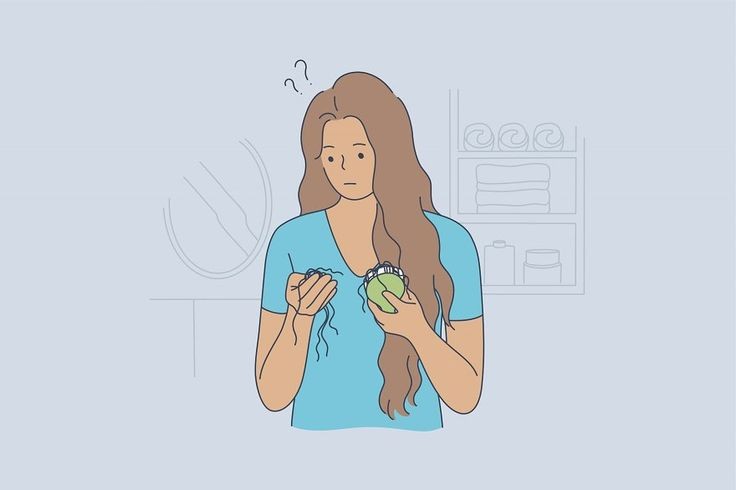
Introduction
At Mallu dr, we understand that achieving luscious locks can sometimes feel like an uphill battle. From split ends to frizz, hair problems are all too common and can leave you feeling frustrated and defeated. But fear not! With the right knowledge and tools at your disposal, you can conquer these common hair issues and unleash your hair’s full potential. In this comprehensive guide, we’ll delve into the 10 most common hair problems and provide you with effective solutions to restore your hair to its former glory.
1. Split Ends: The Bane of Every Hairstyle
Split ends are a universal hair woe caused by damage to the hair shaft. Whether it’s due to heat styling, chemical treatments, or environmental factors, split ends can make your hair look dull and lifeless. To combat this issue, regular trims are essential to remove damaged ends and prevent further splitting. Additionally, deep conditioning treatments can help nourish and strengthen the hair, reducing the appearance of split ends and promoting healthier-looking locks.
2. Frizzy Hair: Taming the Mane
Frizzy hair can strike at the most inconvenient times, leaving you feeling unruly and out of control. This common hair problem is often caused by humidity and lack of moisture, leading to cuticle damage and frizz. To combat frizz, invest in hydrating hair products enriched with moisturizing ingredients such as argan oil or shea butter. Regular use of anti-frizz serums and leave-in conditioners can also help smooth the hair cuticle and tame unruly strands.
3. Dry Scalp: Banishing the Itch
Dry scalp is not only uncomfortable but can also lead to dandruff and flakiness, causing further hair concerns. This common issue is often exacerbated by harsh shampoos and overwashing, which can strip the scalp of its natural oils. To combat dry scalp, opt for gentle, moisturizing shampoos and limit washing to 2-3 times per week. Incorporate scalp treatments into your routine, such as tea tree oil or coconut oil, to soothe and hydrate the scalp, promoting a healthy scalp environment.
4. Oily Hair: Finding the Balance
On the opposite end of the spectrum, oily hair can leave you feeling greasy and unwashed, despite your best efforts. This common hair problem is often caused by overproduction of sebum by the scalp, leading to excess oil accumulation on the hair shaft. To combat oily hair, opt for clarifying shampoos that remove excess oil and buildup without stripping the scalp of its natural oils. Avoid overwashing, as this can stimulate sebum production, and incorporate dry shampoo into your routine to absorb excess oil and refresh hairstyles between washes.
5. Thin Hair: Boosting Volume and Thickness
Thin hair can leave you feeling self-conscious and unconfident, but there are ways to boost volume and thickness for a fuller-looking mane. Invest in volumizing hair products such as mousse or root-lifting sprays to add lift and body to fine hair. Layered haircuts can also create the illusion of thickness by removing weight from the ends and adding dimension to hairstyles. Incorporate texturizing products such as sea salt sprays to enhance texture and create volume, making thin hair appear fuller and more voluminous.
6. Hair Loss: Understanding the Causes
Hair loss is a common concern for both men and women, with various factors contributing to thinning hair and balding. Genetics, hormonal changes, stress, and poor nutrition can all play a role in hair loss, making it essential to address the root cause of the issue. Incorporate hair growth stimulating ingredients such as minoxidil or biotin into your routine to promote healthy hair growth and prevent further loss. Consult with a dermatologist or trichologist for personalized treatment options, including prescription medications or hair transplant procedures for severe cases of hair loss.
7. Color Damage: Restoring Vibrancy and Shine
Coloring your hair can transform your look, but frequent color treatments can take a toll on hair health. Chemical dyes and bleaching agents can cause damage to the hair cuticle, leading to dryness, breakage, and fading color. To restore vibrancy and shine to colored hair, opt for color-safe shampoos and conditioners that preserve color integrity and hydrate strands. Incorporate weekly deep conditioning treatments and hair masks to nourish and revitalize color-treated hair, leaving it soft, smooth, and radiant.
frequently asked questions along with their answers:
1. How often should I trim my hair to prevent split ends?
To prevent split ends, it’s recommended to trim your hair every 6 to 8 weeks. Regular trims help remove damaged ends and promote healthier hair growth.
2. What can I do to control frizz on humid days?
To control frizz on humid days, use anti-frizz serums or leave-in conditioners to smooth the hair cuticle. Additionally, consider styling your hair in updos or braids to minimize exposure to humidity.
3. Is it okay to wash my hair every day if it’s oily?
Washing your hair every day can strip the scalp of its natural oils, leading to increased oil production. It’s best to limit washing to 2-3 times per week and use clarifying shampoos to remove excess oil without drying out the scalp.
4. How can I make thin hair appear thicker?
To make thin hair appear thicker, opt for volumizing hair products such as mousse or root-lifting sprays. Layered haircuts and texturizing products can also add volume and dimension to thin hair.
5. What are some natural remedies for promoting hair growth?
Natural remedies for promoting hair growth include massaging the scalp with essential oils like rosemary or peppermint, incorporating biotin supplements into your diet, and maintaining a healthy lifestyle with a balanced diet and regular exercise.Read More